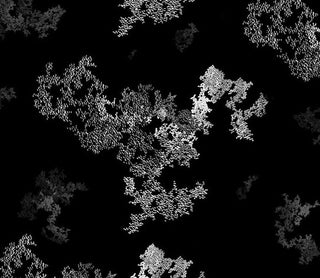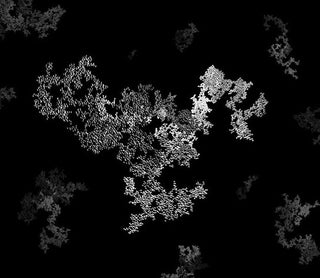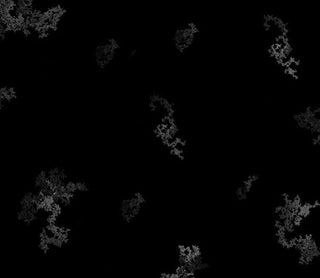

Defend your home against seasonal allergies with Partiküle
Partiküle's unique PECO-HEPA technology actively destroys airborne viruses like SARS-CoV-2*, influenza, and RSV.
Proven by Science
How do Partiküle's air purifiers work? Developed over 25 years by research scientists, PECO is an innovative technology that uses free radicals—the same radicals used to destroy cancer cells—to break down pollutants at a molecular level, including viruses, bacteria, mold, ozone, allergens, and chemicals. By combining PECO nanotechnology with HEPA filtration and air quality sensors, Molekule air purifiers can capture particles found in smoke, while detecting and destroying organic pollutants like bacteria, viruses, chemicals, mold, allergens, and more.

Eliminate Allergens with the Partiküle Air Purifier for a Healthier Home
Eliminate allergens such as dust and pet dander effectively with the Partiküle Air Purifier, featuring HEPA filtration that captures 99.97% of airborne particles as small as 0.3 microns. Its activated carbon filter further reduces odors, creating a healthier indoor environment. By continuously running the Partiküle Air Purifier, you can maintain a cleaner home with reduced allergens, promoting better respiratory health for you and your family.

Protect your family this season
Protect your family this season with the Partiküle Air Purifier, equipped with advanced HEPA and activated carbon filters to remove allergens, dust, and odors from your home's air. Its FDA-cleared UV-C light technology further ensures thorough elimination of viruses and bacteria, enhancing indoor air quality. With strategic placement in key living areas, the Partiküle Air Purifier provides continuous protection, allowing your family to breathe cleaner, healthier air year-round.

FDA-cleared to destroy viruses & bacteria
The Partiküle Air Purifier has received FDA clearance for its ability to effectively neutralize viruses and bacteria using UV-C light technology. This feature enhances indoor air quality by targeting and eliminating harmful microorganisms, contributing to a healthier environment.
Under the Microscope

Airborne soot particles
Researchers at the U.S. Department of Energy’s (DOE) SLAC National Accelerator Laboratory have captured the most detailed images to date of airborne soot particles, a key contributor to global warming and a health hazard.

After using Partiküle 30min
Absorbs three times more nitrogen dioxide⁴ - one of the most common indoor pollutants, produced by gas appliances, open flames, and wood burning stoves.

After using Partiküle 2h
Triple filter screen is HEPA activated carbon formaldehyde removal







